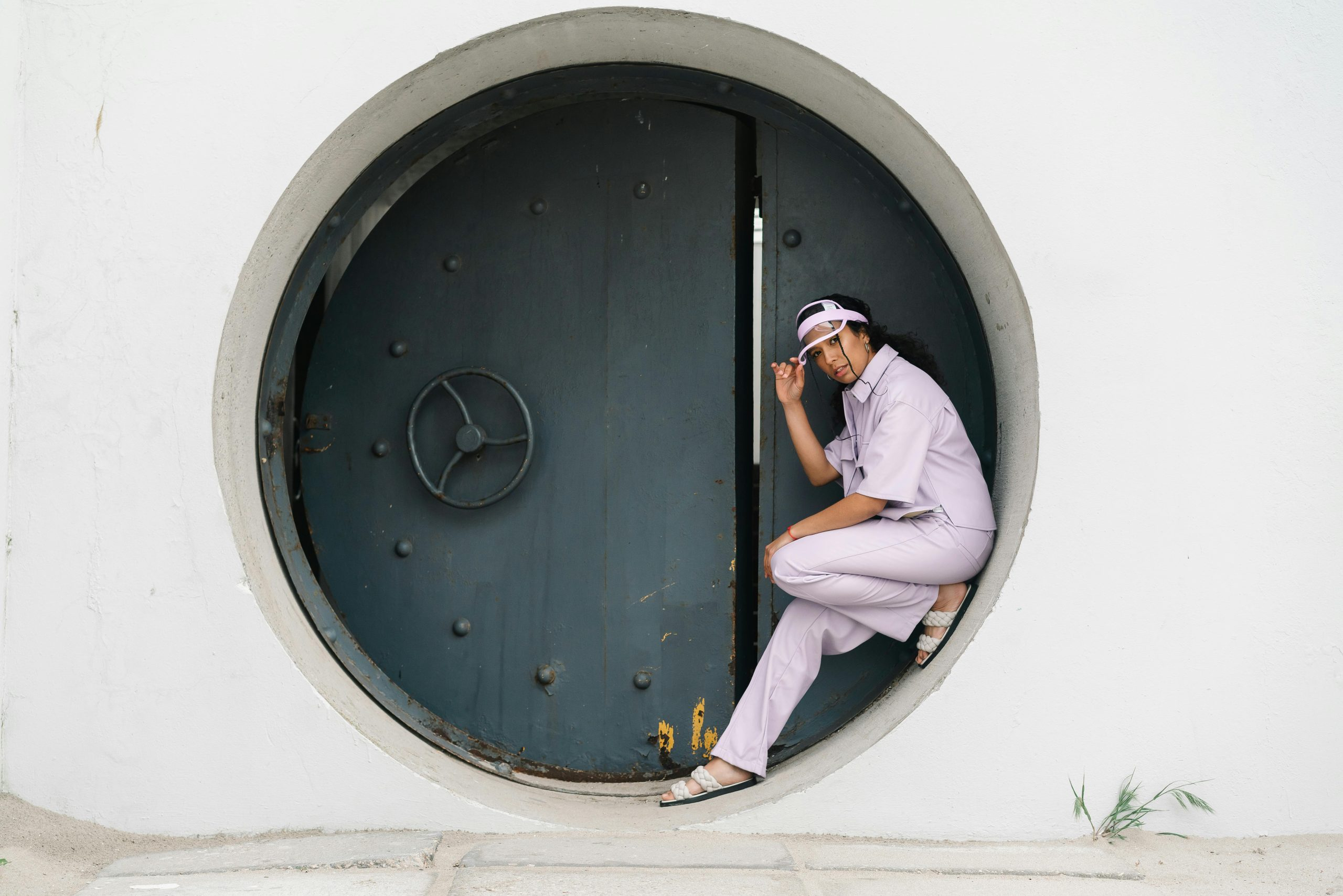Circular fashion gains traction with repairable, up-cyclable wardrobes
Circular fashion is a term that is gaining more attention in the fashion industry. This movement focuses on reducing waste and increasing sustainability by designing clothes that can be repaired and reused. The idea is to create a closed-loop system where materials are continuously reused, rather than being disposed of after a single use. With the growing concern of environmental impact and a shifting mindset towards sustainable living, circular fashion is gaining traction, especially with the emergence of repairable and up-cyclable wardrobes.
The Rise of Circular Fashion
Traditional fashion practices have long been under scrutiny for their environmental impact. The industry is one of the largest polluters, using vast amounts of resources, generating high levels of waste, and contributing to carbon emissions. In recent years, there has been a growing demand for sustainable and ethical fashion, leading to the rise of circular fashion.
Circular fashion is based on the principles of the circular economy, where resources are used in a closed-loop system, allowing them to be continuously reused. This concept goes against the traditional linear model of ‘take-make-use-dispose’ and aims to eliminate waste, decrease the use of new resources, and reduce carbon emissions.
Repairable and Up-cyclable Wardrobes
Repairable Wardrobes
One of the key pillars of circular fashion is to design clothes that are meant to last. The focus is on quality rather than quantity, with a shift towards investing in pieces that are durable and can be used for a more extended period. Repairable wardrobes involve repairing damaged or worn-out clothes, rather than discarding them. This ensures that clothes have a longer lifespan, reducing the need to constantly buy new ones.
Repairable wardrobes also promote a more mindful approach to fashion, encouraging consumers to take care of their clothes and appreciate their value, rather than treating them as disposable items. Many brands have started offering repair services for their products, making it easier for consumers to keep their clothes in good condition.
Up-cyclable Wardrobes
Another aspect of circular fashion is creating garments that can be up-cycled. This involves taking old or unwanted clothes and transforming them into new, usable items. Up-cycling allows for the reuse of materials, reducing the need for new resources and decreasing waste.
Some companies have taken up-cycling to the next level by using materials from different sources, such as up-cycling denim scraps or plastic bottles to create new fabrics. This not only promotes sustainability but also encourages creativity and innovation in the fashion industry.
The Benefits of Circular Fashion
Environmental Benefits
Circular fashion offers numerous environmental benefits. By reducing waste and decreasing the use of new resources, it helps in conserving natural resources and minimizing the carbon footprint of the fashion industry. It also reduces water and energy consumption, as less energy is required to produce new materials.
Economic Benefits
The circular fashion movement also has economic benefits. As demand for sustainable and ethical fashion increases, more jobs are being created in the industry, especially in areas such as repairing, up-cycling, and recycling. This not only provides opportunities for skilled labor but also helps in boosting the local economy.
Social Benefits
Circular fashion also has social benefits. It promotes fair labor practices and ensures that workers in the fashion industry are treated ethically and paid fairly. Additionally, circular fashion encourages consumers to become more conscious of their purchasing habits, creating a sense of responsibility towards the environment and society.
The Future of Fashion
Circular fashion is gaining momentum, with more and more brands adopting its principles. Major players in the fashion industry, such as H&M and Zara, have launched their own circular fashion initiatives, and many emerging brands are also following suit. This not only shows the growing demand for sustainable fashion but also indicates a potential shift in the fashion industry towards more ethical and environmentally friendly practices.
In conclusion, circular fashion offers a solution to many of the problems associated with the traditional fashion industry. Repairable and up-cyclable wardrobes play a crucial role in achieving a circular economy, by reducing waste and promoting sustainable and ethical practices. With the increasing awareness and demand for sustainable fashion, circular fashion is here to stay, paving the way for a more responsible and environmentally friendly future of fashion.










